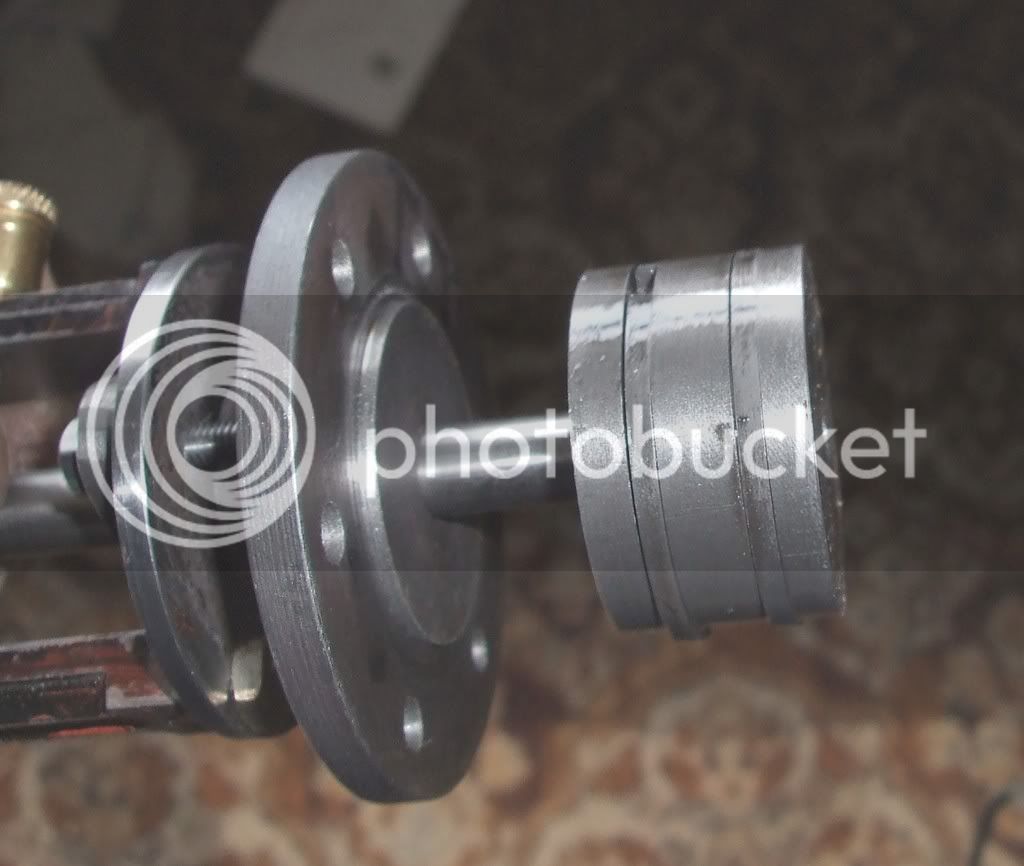B
Bogstandard
Guest
If you are a member of F.A.M.E., Bob Shores wrote a very good article on making piston rings. It is in the tips section under Bob Shores.
http://www.floridaame.org/
Basically it is the same as Kevin has done, but you only heat up the area directly opposite the cut.
It all depends on how technical you really want to get. I have seen articles where you make up a compound ring of three parts, two scrapers and a flexi ring in between, to me way over the top. Just keep it simple. Also make a few extras, the smaller the diameter, the more you will break trying to get them on, unless of course you cheat, and make a two part piston.
Tim, I think you will find, the little pins are usually used on multi ringed pistons, just to stop the rings rotating in their slots and so stopping the gaps lining up and causing loss of compression.
John
http://www.floridaame.org/
Basically it is the same as Kevin has done, but you only heat up the area directly opposite the cut.
It all depends on how technical you really want to get. I have seen articles where you make up a compound ring of three parts, two scrapers and a flexi ring in between, to me way over the top. Just keep it simple. Also make a few extras, the smaller the diameter, the more you will break trying to get them on, unless of course you cheat, and make a two part piston.
Tim, I think you will find, the little pins are usually used on multi ringed pistons, just to stop the rings rotating in their slots and so stopping the gaps lining up and causing loss of compression.
John





